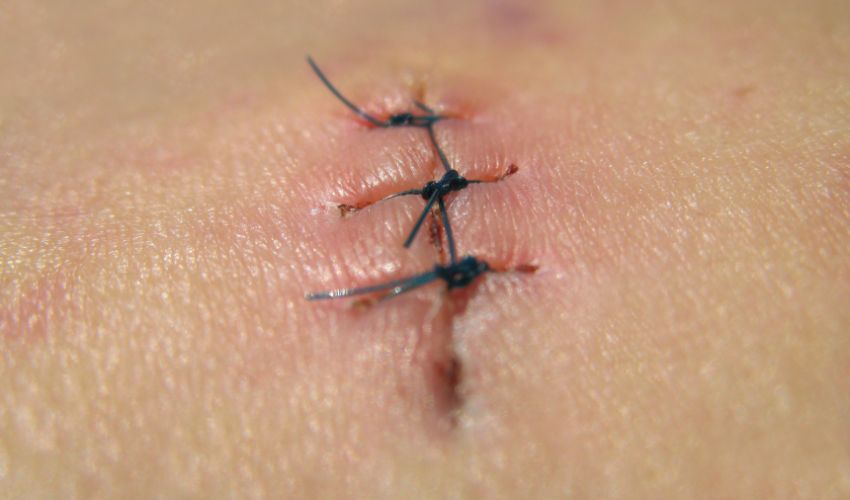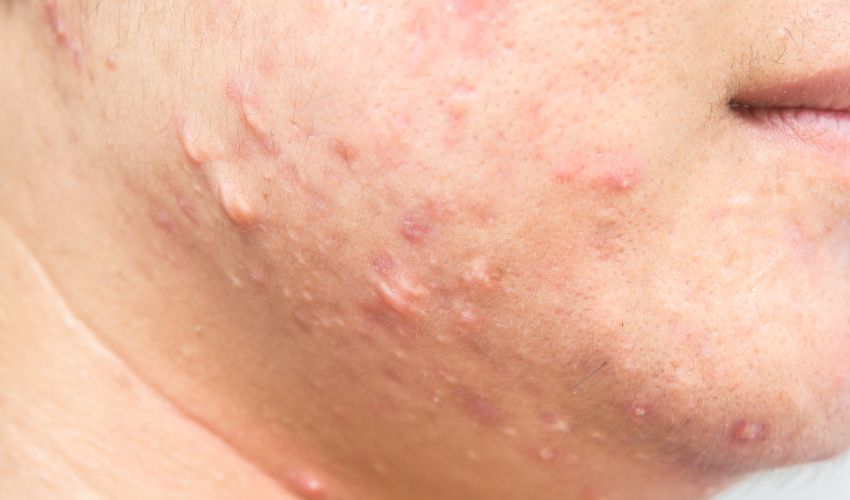Scarring is a common skin condition that occurs when the skin is damaged, resulting in the formation of scar tissue. While scarring is a natural part of the healing process, it can be unsightly and can cause physical and emotional discomfort for those who experience it. In this article, we will explore the causes, types, and treatment options for scarring.
Causes of Scarring:
Scarring can be caused by a variety of factors, including:
- Injury or trauma to the skin, such as cuts, burns, or surgery
- Acne or other skin conditions
- Genetic predisposition
- Poor wound healing
- Certain medical conditions, such as diabetes or autoimmune disorders
Types of Scarring:
There are several different types of scarring, including:
- Keloid scars: These scars are raised and extend beyond the boundaries of the original wound.
- Hypertrophic scars: Similar to keloid scars, these scars are raised but remain within the boundaries of the original wound.
- Atrophic scars: These scars are sunken or depressed, often resulting from conditions like acne.
- Contracture scars: These scars occur when the skin is pulled or contracted during the healing process, often resulting from burns.
Treatment Options for Scarring:
Fortunately, there are several treatment options available for those who experience scarring, including:
- Topical treatments: These include creams, gels, and silicone sheets that can help reduce the appearance of scars.
- Injections: Certain injections, such as corticosteroids or collagen, can help reduce the appearance of scars.
- Surgical removal: In some cases, surgical removal of the scar tissue may be necessary.
- Laser therapy: Laser therapy can help reduce the appearance of scars by stimulating the production of collagen.
- Microneedling: This procedure involves the use of a small device that creates tiny punctures in the skin, stimulating the production of collagen and reducing the appearance of scars.

FAQs:
Can scarring be prevented?
While scarring cannot always be prevented, there are steps you can take to minimize the risk of scarring, such as keeping wounds clean and covered, avoiding picking at scabs or acne, and using sunscreen to protect scars from sun damage.
How long does it take for scars to fade?
The length of time it takes for scars to fade can vary depending on the type and severity of the scar. Some scars may fade over time, while others may be permanent.
Are there any natural remedies for scarring?
While there is no conclusive evidence to support the use of natural remedies for scarring, some people have found success with using aloe vera, vitamin E, or honey to reduce the appearance of scars.
Can scarring be treated at home?
While some mild scarring may be treated at home with topical treatments or natural remedies, more severe scarring may require medical intervention.
Is scarring a serious medical condition?
While scarring is not usually a serious medical condition, it can cause physical and emotional discomfort for those who experience it.

Conclusion:
Scarring is a common skin condition that can be caused by a variety of factors, including injury, medical conditions, and genetics. Fortunately, there are several treatment options available for those who experience scarring, ranging from topical treatments to surgical removal. By understanding the causes and treatment options for scarring, those who experience this condition can take steps to reduce its impact on their physical and emotional well-being. It is important to note that scarring is a natural part of the healing process and cannot always be prevented. However, taking steps to minimize the risk of scarring, such as keeping wounds clean and covered, can help reduce the severity of scars. If you are experiencing scarring, it is important to speak with a healthcare provider to determine the best course of treatment for your specific situation. With proper care and treatment, scarring can be minimized, allowing individuals to feel more confident and comfortable in their own skin.






















